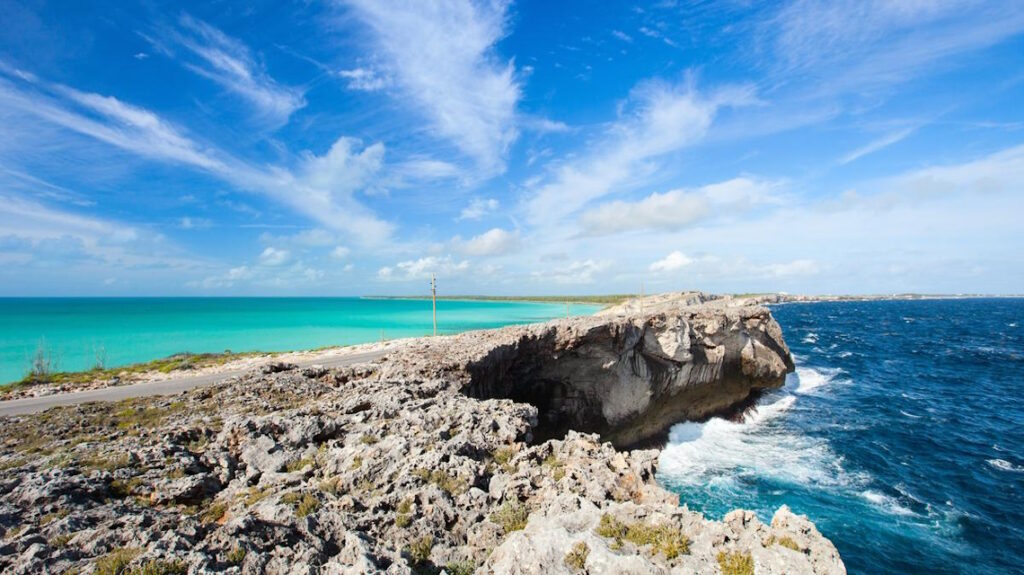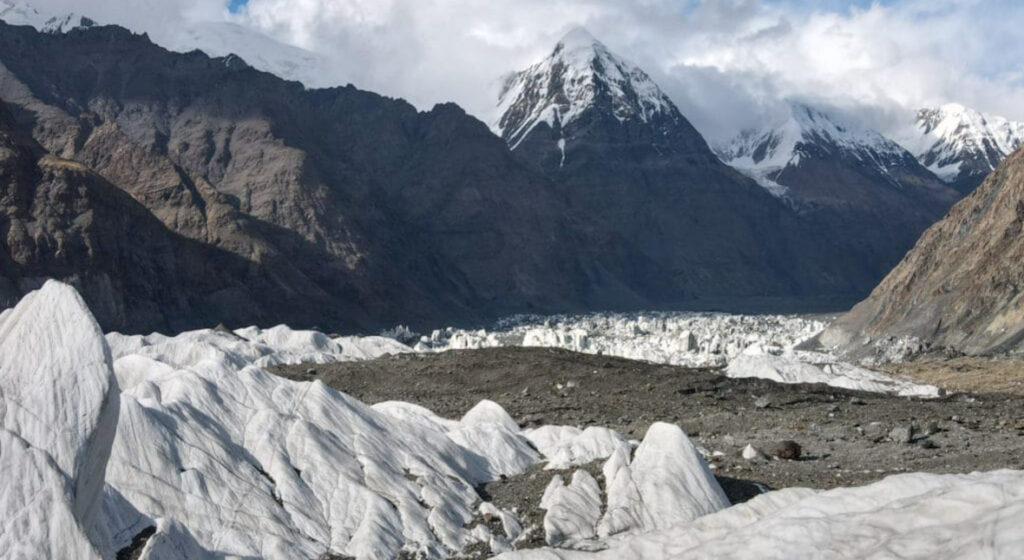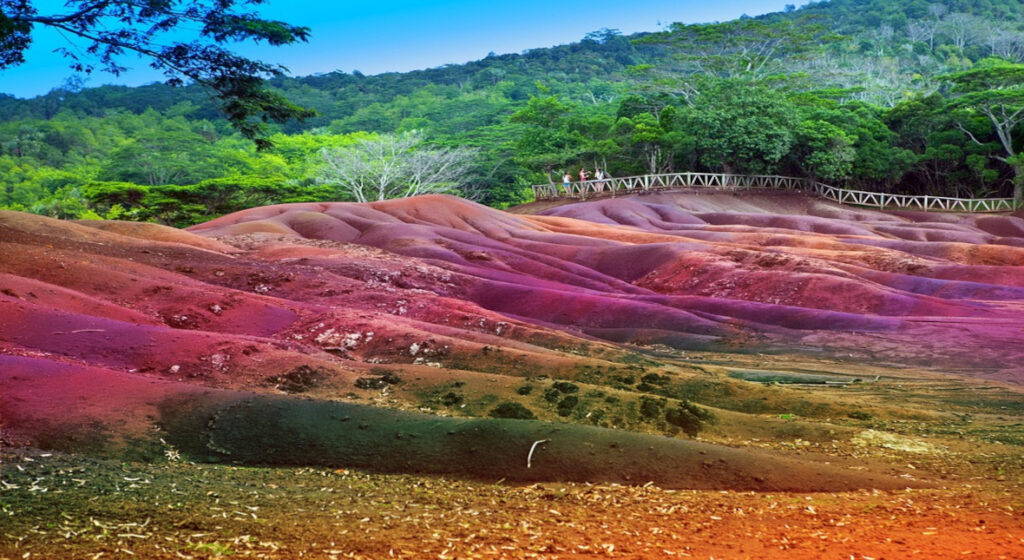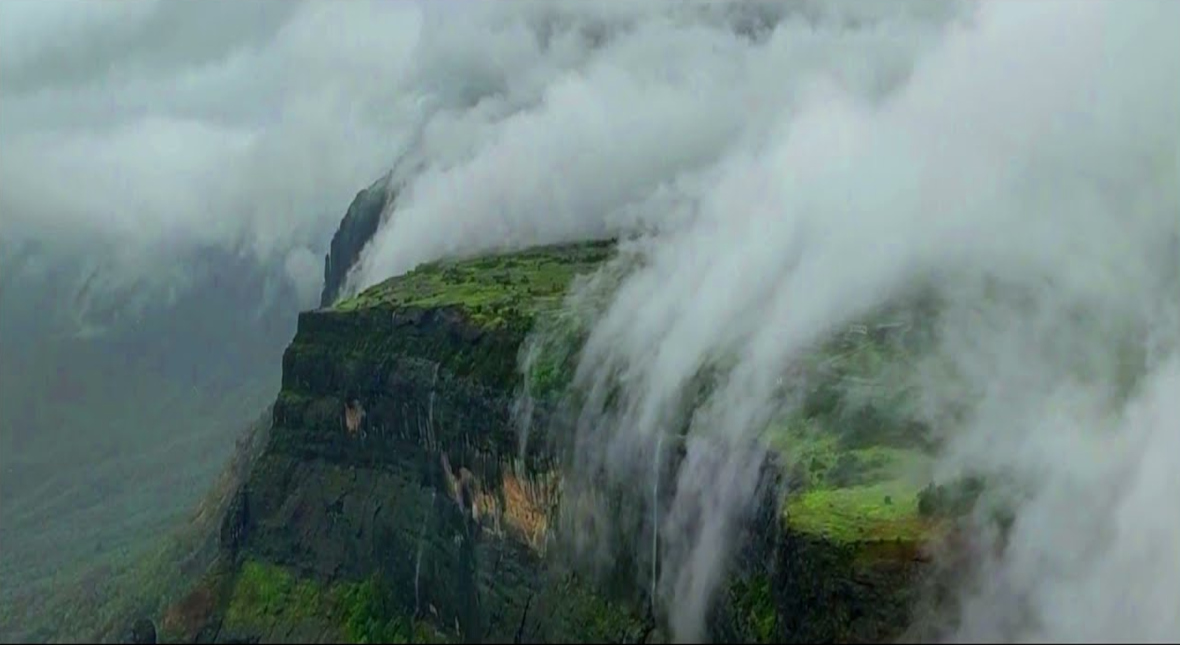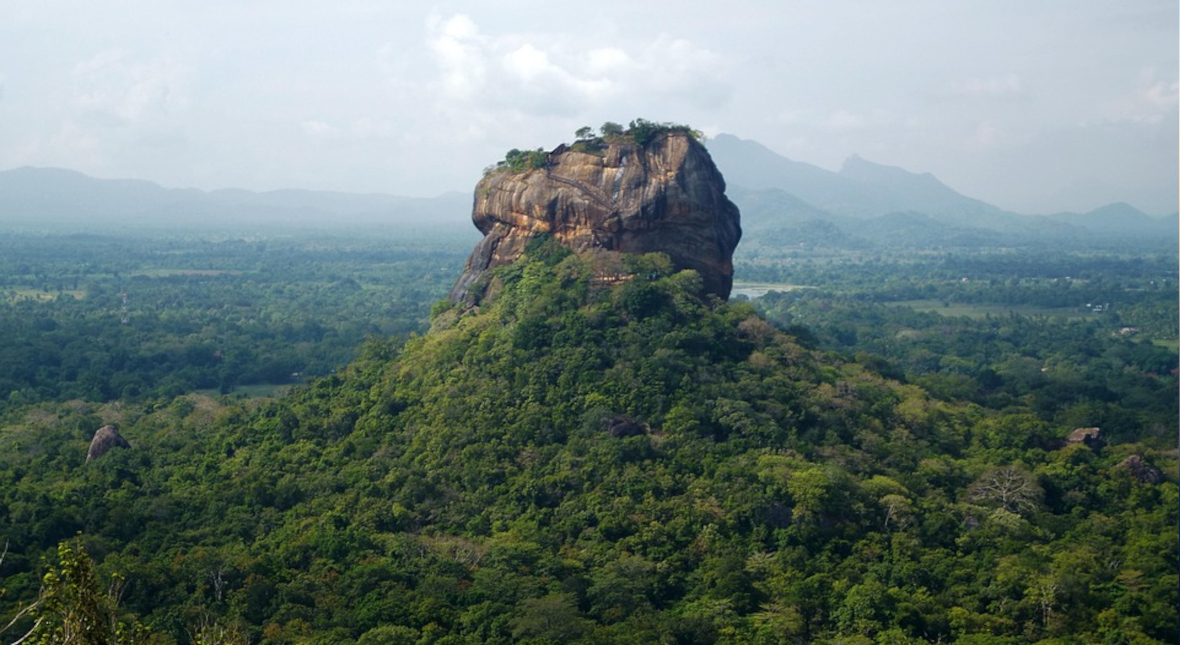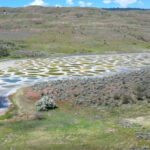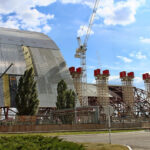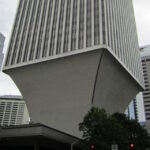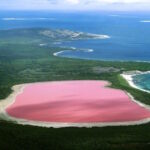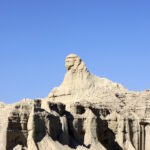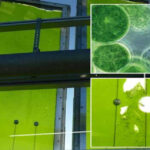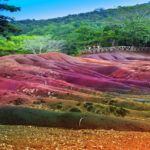Now Reading: The shadow of Mount Rainier
-
01
The shadow of Mount Rainier
The shadow of Mount Rainier
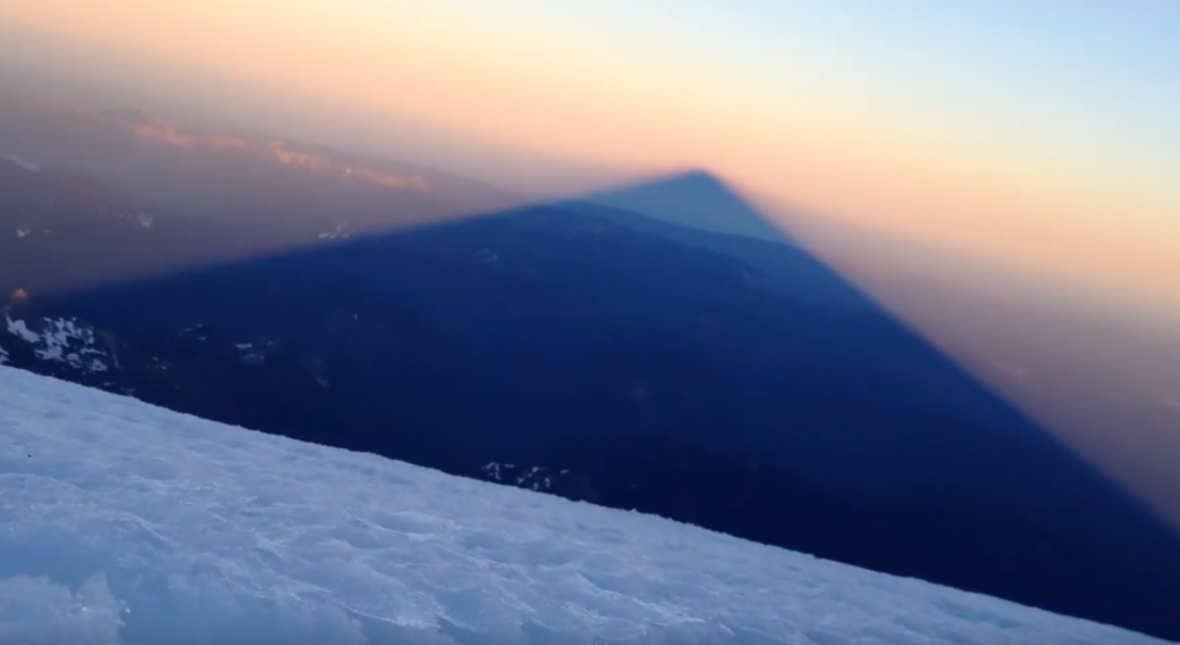
Mount Rainier, standing at 14,411 feet (4,392 meters), is one of the tallest mountains in the Cascade Range. Its towering presence is a defining feature of the Pacific Northwest landscape. However, what often goes unnoticed is the awe-inspiring phenomenon that occurs when the sun casts a shadow of Mount Rainier over the land. The mountain’s enormous size, combined with its geographic location, creates a shadow that stretches far across the surrounding terrain—an atmospheric event that captures the imagination of locals and visitors alike.
The shadow of Mount Rainier is not just a fleeting visual phenomenon—it is a dynamic feature of the landscape, shaped by complex physical and geographical processes. Its dramatic appearance is influenced by the sun’s angle, atmospheric conditions, and the mountain’s imposing relief. From a scientific perspective, understanding how this shadow behaves over time provides insight into the interplay between light, topography, and the atmosphere, creating a visual spectacle that has fascinated both casual observers and scientists for centuries.
The shadow of Mount Rainier in the sky is a rare and awe-inspiring phenomenon, typically visible during specific atmospheric conditions when the mountain is positioned between the observer and the setting or rising sun. As one of the tallest peaks in the Cascade Range, Mount Rainier’s towering presence can cast a dramatic shadow across the surrounding landscape, especially at dawn or dusk when the sun is low in the sky.
This shadow effect is particularly striking because of the mountain’s massive size and prominence. The shadow may extend outward, sometimes forming a large, dark triangle that stretches across the sky or the terrain below. In certain conditions, such as when clouds or mist are present, the shadow can create a surreal and otherworldly scene, with the silhouette of the mountain casting itself on the atmosphere above.
One of the most captivating variations of this phenomenon is when a “mountain shadow” appears with an accompanying halo of colors around it. This is known as a “glory,” a ring of light that forms due to the diffraction of sunlight on water droplets or ice crystals in the air, similar to a rainbow but more localized and intensely vivid.
The sight of Mount Rainier’s shadow in the sky is an incredible example of how light, atmospheric conditions, and the immense scale of nature can come together to create a moment of natural beauty that feels almost magical.
What Causes the Shadow?
Sun Angle and Atmospheric Effects
The shadow of Mount Rainier is not just a simple projection; it’s influenced by the angle of the sun, the Earth’s atmosphere, and even the weather conditions around the mountain. These factors combine to create a dynamic and changing visual spectacle.
Solar Geometry and the Angle of Incidence
Shadows are essentially the result of light being obstructed. The way the sunlight interacts with Mount Rainier is governed by the solar angle—the angle at which sunlight strikes the mountain’s surface. The angle of incidence refers to how directly sunlight hits an object. Early in the morning or late in the evening, when the sun is closer to the horizon, the angle is shallow, and the shadow stretches across a wider area, creating long, dramatic shadows. By contrast, at midday when the sun is high overhead, the angle is steep, and the shadow is much shorter and more concentrated near the base of the mountain.
The Rayleigh Scattering Effect
As sunlight travels through Earth’s atmosphere, shorter wavelengths of light (blue and violet) are scattered in all directions, while longer wavelengths (red, yellow, and orange) tend to pass through more directly. This scattering effect is most noticeable when the sun is near the horizon. The shadow of Mount Rainier may appear softened or diffused during these times, especially on cloudy days or when smoke or dust particles are present in the air. The Rayleigh scattering leads to richer colors during sunrise and sunset, enhancing the shadow’s visual intensity and adding a soft glow around the edges of the shadow.
Twilight Effect
Just before sunrise and after sunset, the twilight effect occurs due to the refracted light from the Earth’s atmosphere. During these times, the shadow cast by Mount Rainier can appear more elongated or blurred because of the dispersion of light. This effect also results in a gradual transition between areas of light and shadow, making it harder to see a sharply defined line between the illuminated and shadowed regions, which is more noticeable during the day.
Geographical and Topographical Influences
The topography of Mount Rainier and the surrounding landscape significantly contributes to the shadow’s dramatic appearance. Mount Rainier is unique not only because of its size but also due to the contrast between the mountain’s towering height and the surrounding lowlands, which allows its shadow to be cast across a wide range of terrain.
Elevation and Relief
Mount Rainier rises abruptly from its base in the surrounding foothills. This steep topographic relief—the mountain’s elevation relative to its immediate surroundings—allows the shadow to extend further compared to other peaks with more gradual slopes. A mountain like Mount Rainier doesn’t just cast a shadow over its immediate vicinity but over vast expanses of the surrounding valley floors, including cities like Seattle and Tacoma. Its dramatic rise from the Puget Sound region and the lowland valleys means that the shadow can sometimes stretch over 50 miles (80 km) during sunrise or sunset, depending on the time of year.
The Influence of the Surrounding Landscape
The flat terrain surrounding Mount Rainier (such as the Puget Sound lowlands) further amplifies the visibility of the shadow. A mountain in a more rugged region with varying elevations would cast a shadow over other peaks, but Mount Rainier’s shadow is uninterrupted for miles. The flat land allows the shadow to remain visible for much longer distances and makes it easier for observers, especially in urban areas, to appreciate its full size and dramatic impact.
Additionally, the presence of the Puget Sound, a large body of water, can interact with the shadow in fascinating ways. Water has the unique property of reflecting light, so when the sun is at a particular angle, the shadow of the mountain might not just stretch across the land but also be reflected across the water’s surface. This creates an illusion of the shadow doubling, with one version visible on land and the other mirrored on the water.
Comparison to Other Peaks
When compared to Mauna Kea (on the Big Island of Hawaii) or Mount Kilimanjaro in Africa, Mount Rainier’s shadow is distinctive due to its position relative to surrounding lowlands. Mauna Kea, although taller, rises from the relatively flat terrain of the Hawaiian Islands, meaning its shadow is less visible over long distances. Similarly, Mount Kilimanjaro, surrounded by a more elevated plateau, casts its shadow across less varied terrain. By contrast, Mount Rainier’s shadow is made all the more striking because it cuts across the lowlands and water bodies, amplifying the contrast between light and dark.
The Shadow’s Role in Timekeeping
While we typically associate shadows with being a passive phenomenon, they have historically been used for practical purposes—particularly in the form of sundials. Though Mount Rainier’s shadow isn’t as precisely calibrated as a sundial, its changing position over the course of the day can still serve as a rough indicator of time.
Mathematical Relationship Between Solar Declination and Shadow Length
The shadow cast by Mount Rainier doesn’t change randomly—it follows a predictable pattern based on the declination of the sun. The Earth’s tilt (23.5 degrees) and orbit around the sun lead to varying solar declinations over the course of the year. During the summer solstice, when the sun is at its highest, the shadow is at its shortest, and it is more concentrated around the base of the mountain. Conversely, during the winter solstice, when the sun is at its lowest point in the sky, the shadow is significantly longer and stretches farther from the mountain’s base.
Sundial-like Time Marking
The mountain’s shadow, similar to a sundial, can offer a rough estimate of time based on the position of the shadow. At sunrise, the shadow stretches far to the west; as the day progresses, it moves towards the east, reaching its peak intensity just as the sun sets. By observing the shadow, people could estimate not only the time of day but also monitor the changing of seasons. For example, the autumn equinox will show a shadow angle similar to the spring equinox, and the longest shadows are cast during the winter solstice.











